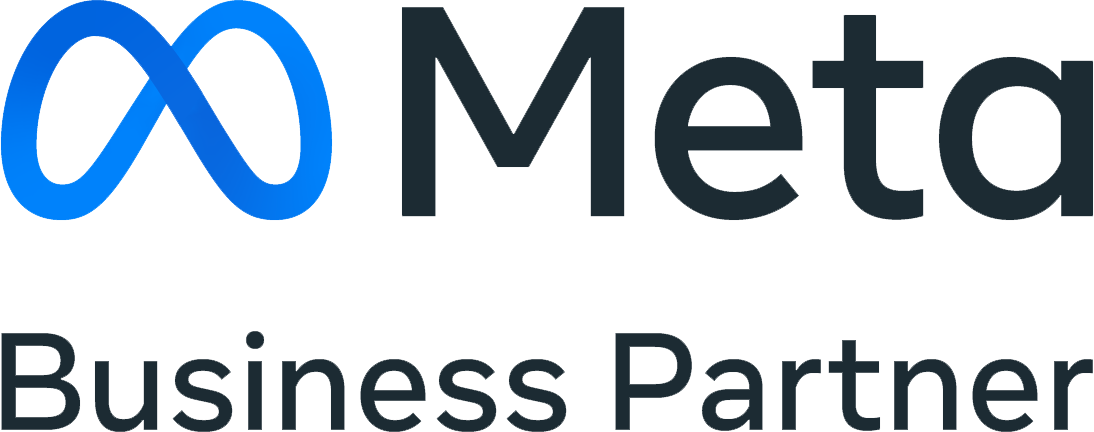The world of digital advertising is undergoing significant changes, and as we dive into 2024, the spotlight is on privacy concerns and the impending loss of cookies. In this blog post, we’ll explore three key trends that are shaping the advertising landscape this year, echoing insights from Harmelin’s 2024 Media Trends presentation.
1. The Evolving Privacy Landscape
Privacy concerns have been growing, and consumers are increasingly vocal about wanting more control over their personal data. A recent survey indicated that 80% of consumers are likely to support federal regulations of privacy laws (eMarketer, December 2023). However, despite this sentiment, there is still no unified law to protect consumer data at the national level.As of now, privacy regulations operate at the state level. Over the next two years, privacy laws enacted in seven more states, including Texas, Oregon, and Montana in 2024, will take effect, totaling 13 diverse state regulations by 2026.
Of the passed laws, the first, California, is still the strictest and the most limiting for advertisers. Google, in response, has shifted legal obligations related to advertising compliance in California onto advertisers. Advertisers using Google in California need to assess their compliance with the California Consumer Privacy Act (CCPA) and the California Privacy Rights Act (CPRA) to avoid potential legal challenges.
2. Broadening of Targeting Amid Cookie Loss
The impending loss of cookies, especially on Google Chrome, is a significant development. Google has begun testing cookie deprecation on 1% of browsers, affecting 30 million users. This is a precursor to the official cookie loss, expected in the second half of this year.
Having learned from the 2021 iOS changes that resulted in loss of mobile app IDs, the industry expects a decrease in audience scale and a temporary surge in CPMs due to reduced tracking signals. To counter this, advertisers are urged to adopt broader targeting strategies, leaning on new AI algorithms to identify valuable audiences, such as Meta’s Advantage+ and Google’s Performance Max. Advertisers must balance broad and precise targeting to maintain efficiency.
3. Embracing Modeled Measurement Solutions
As the cookie crumbles, the advertising industry is shifting toward modeled measurement solutions. While some key metrics like brand lift and search lift remain largely unaffected, there will be changes in how conversions are measured.
Data-driven attribution is facing substantial changes, potentially marking the end of multi-touch attribution. Advertisers are encouraged to implement signal improving solutions, such as Google’s Enhanced Conversions and Meta’s Conversion API to improve attribution accuracy. These conversion matching and server-to-server connections not only enhance attribution but also provide an additional layer of security and address privacy concerns related to cookies.
Key Action Items for Advertisers
- Privacy Compliance: Advertisers should actively ensure their data is clean, structured, and compliant with privacy laws. Consultation with legal counsel is crucial to navigating the impact of state laws on business operations.
- Targeting Strategies: Embrace new AI product solutions to improve performance and navigate the limitations imposed by cookie loss. Testing alternative targeting solutions, such as first-party CRM data, second-party wall gardens, and contextual strategies, is essential.
- Measurement Enhancements: Implement Meta’s Conversion API and Google’s Enhanced Conversions to increase the accuracy of conversion measurement. This step ensures a more comprehensive understanding of campaign performance, even in the face of cookie loss.
In conclusion, the advertising landscape is evolving rapidly, and adaptability is key to staying ahead. Advertisers who proactively address privacy concerns, adjust targeting strategies, and embrace modeled measurement solutions will be well-positioned to navigate the changing digital advertising landscape in 2024 and beyond.
Contact us for more information.





